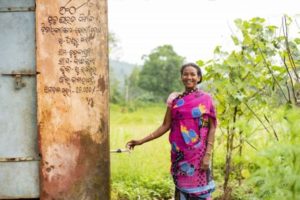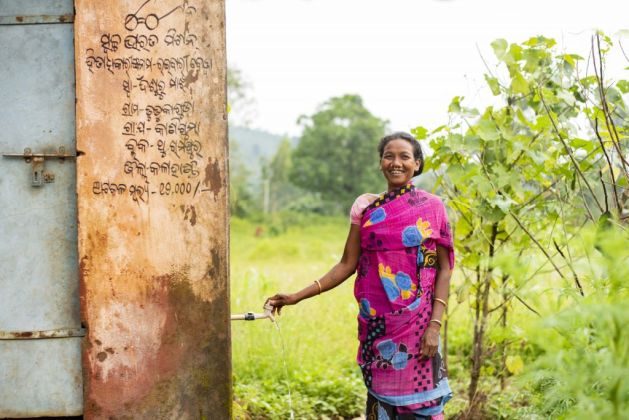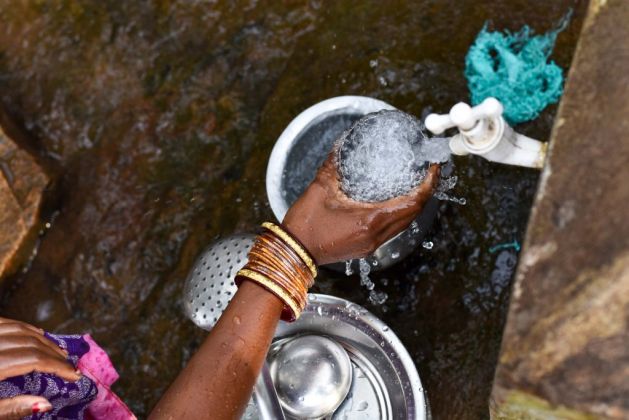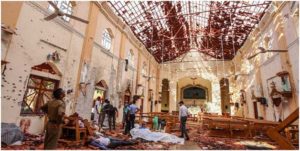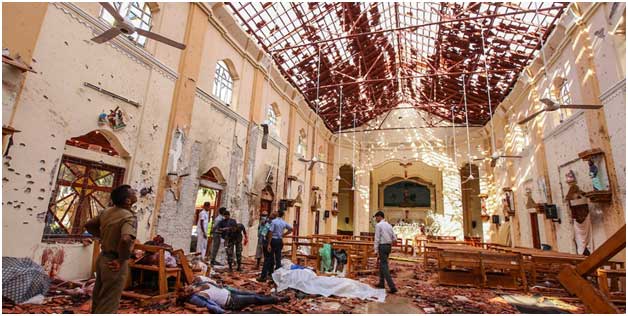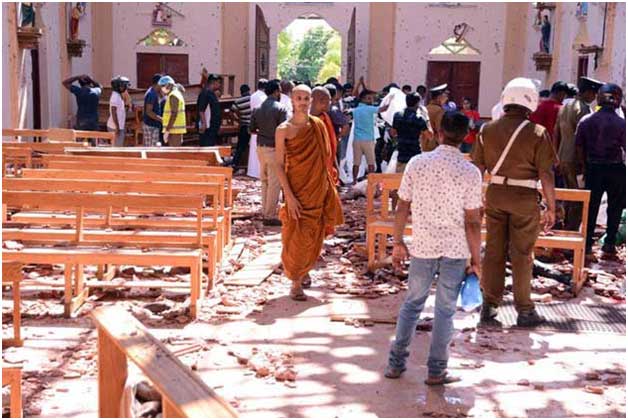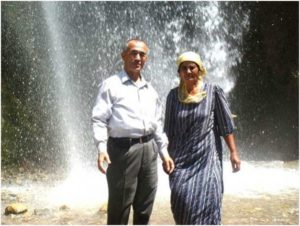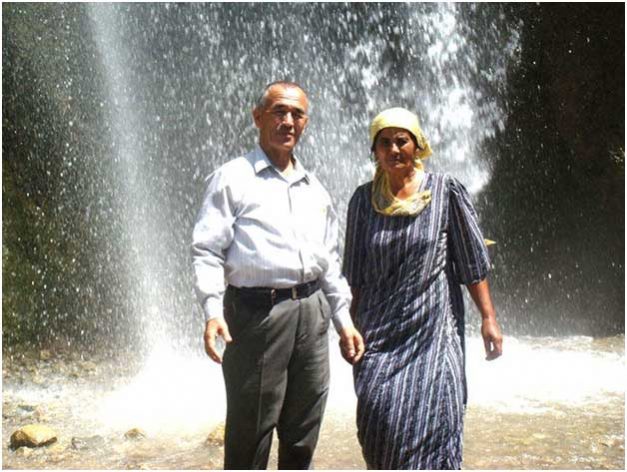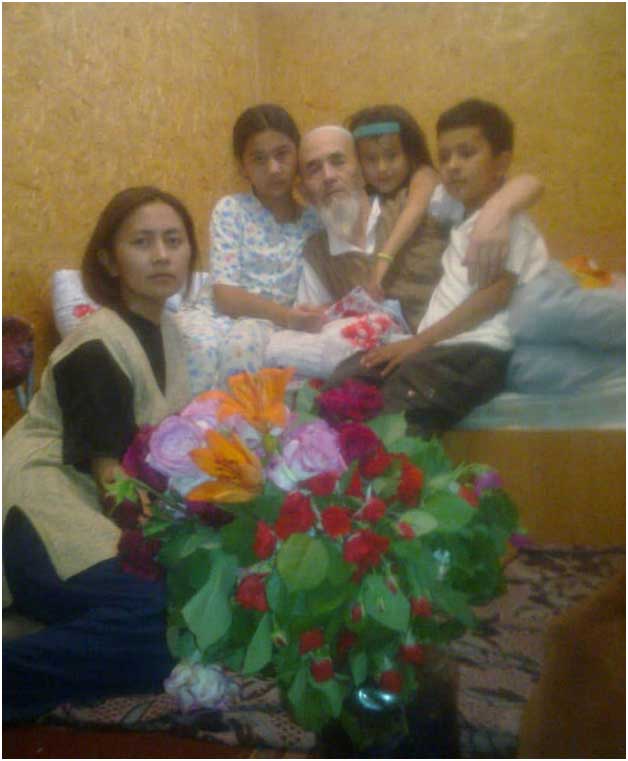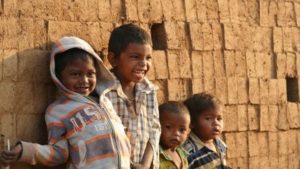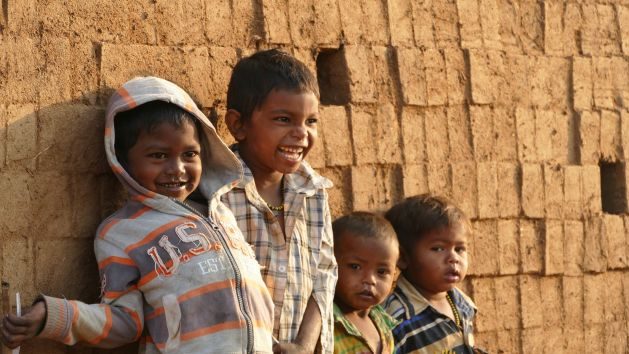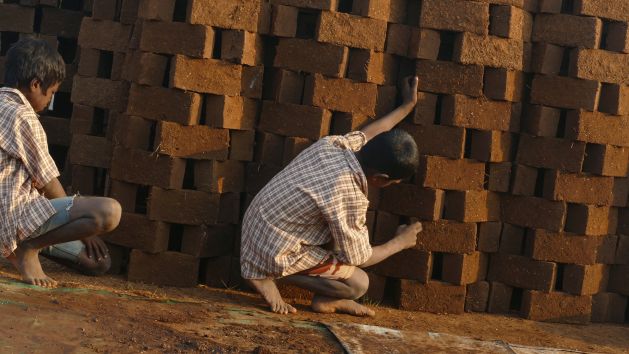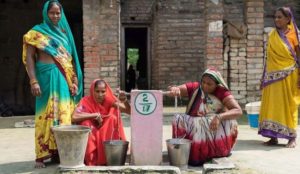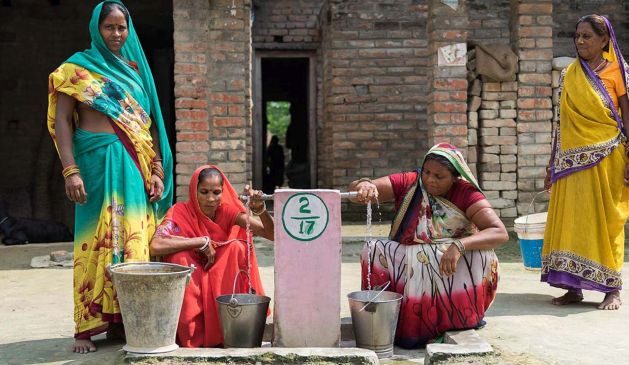
Asia-Pacific, Civil Society, Development & Aid, Editors’ Choice, Featured, Global Governance, Headlines, Human Rights, IPS UN: Inside the Glasshouse, Regional Categories, TerraViva United Nations
Nimarta Khuman is a Gender and Protection Advisor at UN Women under the Australia Assists Program, managed by RedR Australia. Her role involves supporting the Vanuatu Government’s Department of Women Affairs and Gender and Protection Cluster to address gender and protection concerns related to the Ambae emergency and other natural disasters.

– Vanuatu is among the world’s ‘most at-risk’ countries to natural disasters. In the last 12 months alone, the country has faced multiple volcanic eruptions, earthquakes, cyclone and tsunami.
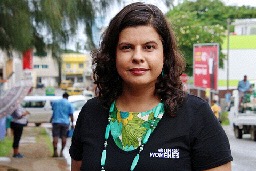 The largest humanitarian emergency was caused by volcanic eruptions on the island of Ambae which resulted in the evacuation of over 8,000 people. Some displaced communities have resettled in the islands of Santo and Efate, but land ownership is a contentious issue.
The largest humanitarian emergency was caused by volcanic eruptions on the island of Ambae which resulted in the evacuation of over 8,000 people. Some displaced communities have resettled in the islands of Santo and Efate, but land ownership is a contentious issue.
Vanuatu also has the lowest rate of women in parliament and ministerial positions globally and high rates of gender-based violence. Cumulatively, these issues increase the risks affecting women and girls in humanitarian emergency and recovery periods.
In an interview with UN Women, Nimrata Khuman explains what it means to incorporate gender and protection in humanitarian action and why it’s important.
Excerpts from the interview:
What is meant by “Gender and Protection in Humanitarian Action”?
When we talk about gender and protection in humanitarian action, we need to ask the questions about whether we have addressed the different needs of women, girls, men and boys in our humanitarian response, because there is no “one size fits all” approach that works.
Every context in which a disaster has happened is different and women and girls may have unique risks, vulnerabilities and capabilities. There are other factors that can contribute to their marginalization and vulnerability, such as disability, age, sexual orientation, income and location.
The Department of Women’s Affairs leads the Gender and Protection Cluster in Vanuatu in partnership with CARE and Save the Children. The Cluster works to promote women’s voice and leadership, prevent and respond to gender-based violence, and ensure child protection and disability inclusion in any humanitarian response is designed and implemented for the affected population.
During the humanitarian response to the Ambae disaster for example, referral pathways for gender-based violence and child protection services were developed and Gender and Protection Cluster partners raised awareness within communities about violence prevention and where to go to access assistance.
Partners also developed and disseminated information for communities about their rights during evacuation and resettlement, conducted leadership training for women involved in humanitarian response, provided psycho-social support services and child-friendly spaces to help children cope with the effects of the disaster.
Volcanic eruption in Vanuatu
How did you incorporate gender and protection in the humanitarian response in Vanuatu?
The Gender and Protection Cluster ensures that people’s rights are protected and respected, and they can access services across all sectors safely and with dignity. This involves assessing needs, referring concerns and raising awareness among communities and service providers (such as agencies involved in food distribution, shelter, education and water, sanitation and hygiene).
It also involves advocating with other ministries to include gender and protection concerns into their response. During the Ambae State of Emergency, a joint Gender and Protection and Health Cluster was established to provide services across sectors for people with disabilities.
The Gender and Protection Cluster worked with the WASH Cluster to raise awareness on issues such as safety, lighting and privacy for toilet and shower facilities. During the Ambae and Ambrym responses, partners also integrated information on gender equality and menstrual hygiene management when speaking to communities.
We have also drawn attention to the lack of access to land and income for displaced communities, exposure to violence and delays in children’s education, when advocating with the Government.
We are now in the Ambae recovery phase and have been working with the Prime Minister’s Office to ensure all sectors include relevant actions and budgets for gender and protection in the programmes under the Ambae and Affected Islands Recovery Plan.
What has been the role of women in the different crises in Vanuatu in the past year?
Women are a vital part of humanitarian response and the ongoing emergencies have presented an opportunity to increase women’s participation and leadership in humanitarian action. In the Department of Women’s Affairs for example, seven of the ten staff who have been involved in leading response in different provinces are women.
The National Disaster Management Office and NGOs have involved senior female staff members in coordinating and responding to emergencies. The Vanuatu Women’s Centre has also been very active in efforts to prevent and respond to gender-based violence in emergencies and has provided support for life-saving counselling, health, legal assistance and access to justice services for survivors of violence.
At the community level, women are pivotal to disaster preparedness, and for designing response and resilience activities that meet the needs and realities of their communities. Gender and Protection Cluster partners are implementing programmes involving women in Community Disaster and Climate Change Committees and increasing women’s voice in decision-making at the local level.
But we need more women in leadership positions within communities, in the humanitarian sector and in Ministries and Departments which make decisions on policy, planning and financial resource allocations.
What are the biggest challenges that you are facing in your work in Vanuatu?
Since I arrived in Vanuatu a year ago, there have been five natural disasters due to the volcanic eruptions in Ambae, volcanic eruptions and earthquake in Ambrym, a tsunami affecting Aneityum, Tropical Cyclone Oma, and most recently, the Coconut Rhinoceros Beetle, which has the potential to destroy livelihoods of tens of thousands of people if left untreated.
These disasters have caused people to leave behind their homes, their land and jobs. Integrating into new communities has also not been an easy process for the displaced. Some are still living in tents in Santo and there is tension between displaced people and host communities due to the lack of essential services and resources in resettlement sites.
Some of the key issues that the Gender and Protection Cluster addresses in times of emergencies include violence against women and children, family separation, inclusive response for marginalized groups and ensuring that people can access services across sectors.
Although we have been able to shape policies, we need them to be implemented down to the community level. For this to happen, we need increased awareness that addressing gender and protection in humanitarian action is lifesaving and planning and budgeting needs to reflect that.
More initiatives are also required to prepare communities for the effects of natural disasters and to ensure that they are supported in the recovery phases.
What innovative approaches have worked so far?
Listening to communities and community-led solutions have been key in the programmes developed by the Gender and Protection Cluster partners. In Vanuatu, we have very strong church and chief systems and the Gender and Protection Cluster has been working with both in disaster preparedness, emergency and recovery.
Partners have trained church leaders and chiefs in community-based protection, peacebuilding, violence prevention and referral pathways. Churches are often used as evacuation centres and in the recovery phase, the Vanuatu Christian Council has mapped churches and assessed inclusivity of design in different islands.
The Vanuatu Women’s Centre has trained church leaders and chiefs to become male advocates and other partners have included local chiefs in their awareness-raising activities to ensure women’s leadership and voice is factored into response programmes.
The joint Gender and Protection and Health Cluster for the Ambae State of Emergency was also the first of its kind in Vanuatu and demonstrated that collaboration across different sectors and ministries can increase access to services for the most vulnerable.
Building upon lessons learned from recent disasters, in the next year we will be working on strengthening preparedness and response at the local level and developing protocols for elimination of violence against women and girls in emergencies.
We will also be training government, NGO partners and community leaders in Gender and Protection in Humanitarian Action and setting up Gender and Protection Committees in each of the six provinces of Vanuatu.

